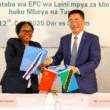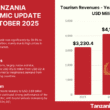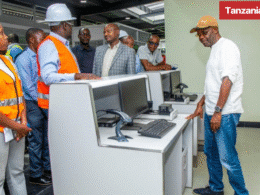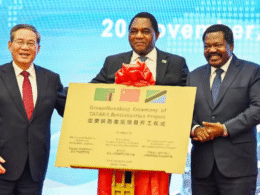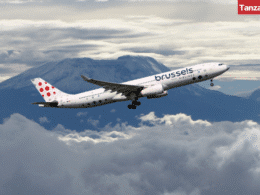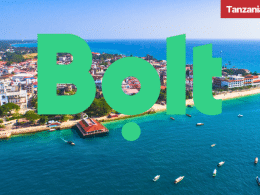In order to reduce congestion in the Dar es Salaam Port, the Tanzania Ports Authority (TPA) has authorized the lowering of tariffs and, according to Francisca Mwindi, the Marketing Manager for the TPA, who spoke with the East African Business Week (EABW) the tariffs here are lower than those in Mombasa or Durban.
Ms. Mwindi went on to further explain that every one ton of cargo at the Dar Port is currently being charged four dollars, while the same weight and measure at the Mombasa and Durban ports is being charged 7.5 dollars.
According to Ms. Mwindi one of the reasons for the decision to lower the tariffs was to help eliminate some of the critical congestion that was accumulating in the port.
As of last October, the dwell time at the container terminal was estimated to have reached 25 days per container and as many as 35 days per container for some transit traffic; this resulted in many business people from the neighboring landlocked countries of Burundi, Congo, Rwanda and Uganda no longer using the Dar port to import their goods and containers, but rather using the Mombasa port.
In the report with EABW, Ms. Mwindi went on to say that the current recommendation from the TPA was to not allow the dwell time to exceed five days for import containers, three days for export containers and ten days for empties.
In addition, she went on to say that the share of cargo that was cleared by road transport had also been rising as a result of a shortage in wagons.
In the meantime, the TPA has been working to decongest and to improve the overall performance of the Dar port system through various short and medium term measures including the creation of additional space within the port in order to adequately support containers, the licensing of inland container depots (ICDs) and as well as ensuring the security of areas outside the port for keeping containers.
In order to help encourage the early clearance of cargo, the TPA using the Mtwara port for the transshipment of containers, reinstituting a 24-hour working system, requiring a punitive tariff for importers who delay the clearance of their cargo, accelerating the speed with which overstayed cargo is auctioned off, and improving the overall capacity and performance of terminal operators with superior equipment.
Additionally, the TPA is employing the use of information technology (IT) and reformatting the required documentation procedures in the cargo clearance from the port and is also using Isaka and Mbeya as dry ports as well as dredging the Dar port in order to improve drafts.
According to Ms. Mwindi, as far as long term measures are concerned, the TPA has plans to construct two additional berths for container handling, to increase the speed of construction for a new multi-storey vehicle park that will help to increase port space for other cargo types and to begin the construction of a new container terminal at Bagamoyo.

